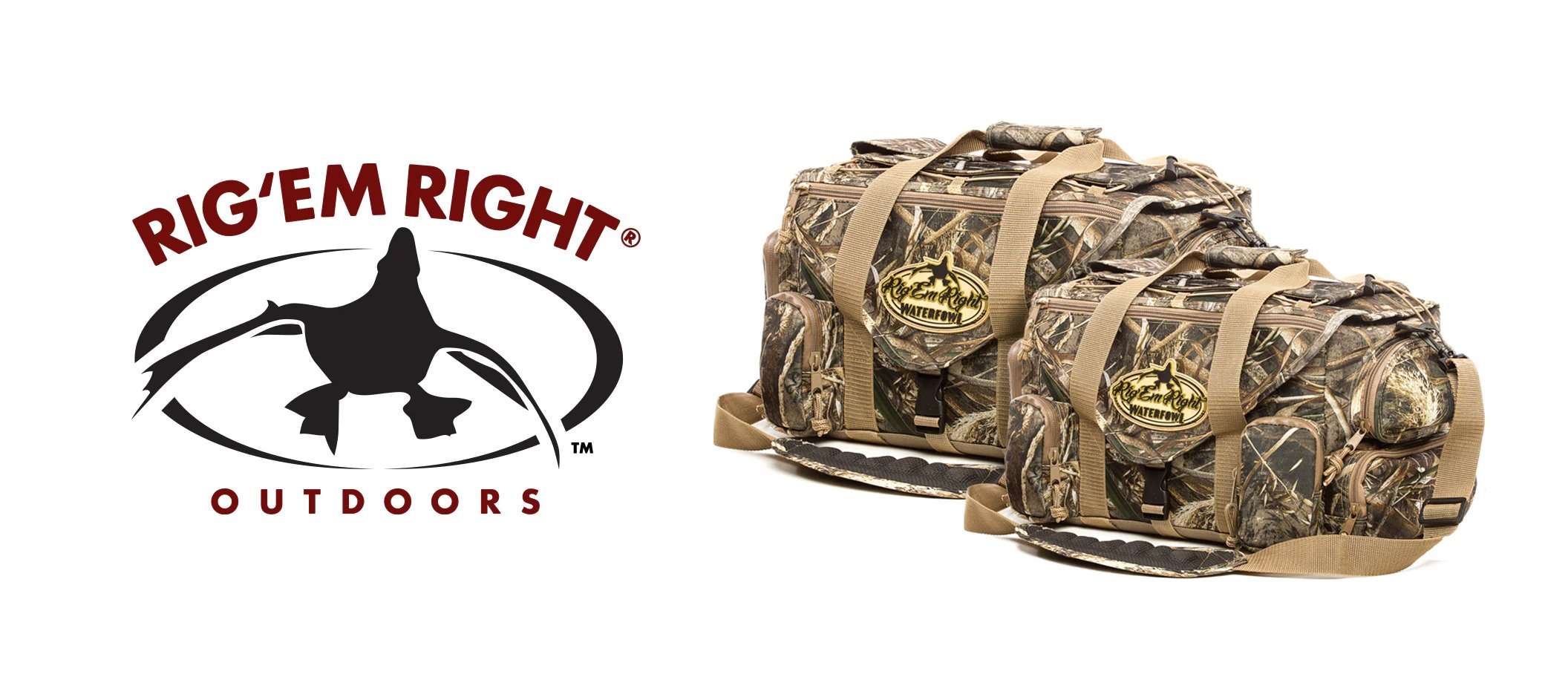164,300
Duck Statewide Harvest
31,800
Goose Statewide Harvest
10,600
No. Waterfowl Licenses Sold Annually
15.6
Ducks Per Hunter
6.3
Geese Per Hunter
$10
Cost of Resident Waterfowl Hunting License
$10
Cost of Resident State Stamps and Permits
$25
Federal Duck Stamp
WMA user permit $15
Season $95; seven-day $38
Cost of Non-Resident Waterfowl Hunting License
$19
Cost of Non-Resident State Stamps and Permits
$25
Federal Duck Stamp
WMA permit $30
Mississippi is a top destination for waterfowl hunters. Located along the Mississippi River and the Gulf Coast, the state sees a major duck migration and serves as a wintering area for millions of birds.
Probably the most famous duck hunting region in the state is the Mississippi Delta, between the Mississippi and Yazoo rivers in the northwestern part of the state. Here, hunters — and ducks — find plenty of water in the form of rivers, bayous, swamps, brakes and flooded forests. This is a major wintering area for millions of ducks and geese.
Diving duck fans will drool over their hunting prospects on the Mississippi Sound. This saltwater area along the Gulf Coast harbors huge numbers of redheads, bluebills and other divers each winter.
Public waterfowl hunting opportunities abound in Mississippi. The state has more than 50 wildlife management areas covering about 665,000 acres. About half of these are managed largely for waterfowl. The state does a good job of using flood control to manage these WMAs to provide food and habitat for waterfowl. Many of these WMAs are managed to provide flooded grains — such as rice, soybeans and corn — as well as natural moist-soil seeds, such as smartweed and millet, as a winter food source for waterfowl. Some of the best WMAs in terms of annual duck harvest include Mahannah, Malmaison and Howard Miller.
The U.S. Army Corps of Engineers also manages eight areas of prime duck hunting habitat. Plus, the state has nine national wildlife refuges, all of which allow hunting. Check out the Dahomey NWR, which contains the largest remaining tract of bottomland hardwood swamp outside the mainline levee in the state.
Green-tree reservoirs are flooded to provide food and cover for waterfowl. Sunflower and Malmaison WMAs have the largest GTRs.
Hunters considering a trip to Mississippi, to free-lance or book a guide, might want to consider the Tunica area on the Mississippi Delta. Just 25 years ago, this area was one of the poorest in the country. Today, thanks to gambling, the city has been revitalized, with great food, accommodations, night life and, of course, world-class duck hunting.
Although the overall harvest isn't nearly as high as Louisiana's, Mississippi hunters still kill lots of ducks. That's grade A in our book.
— Compiled and written by Joe Shead














